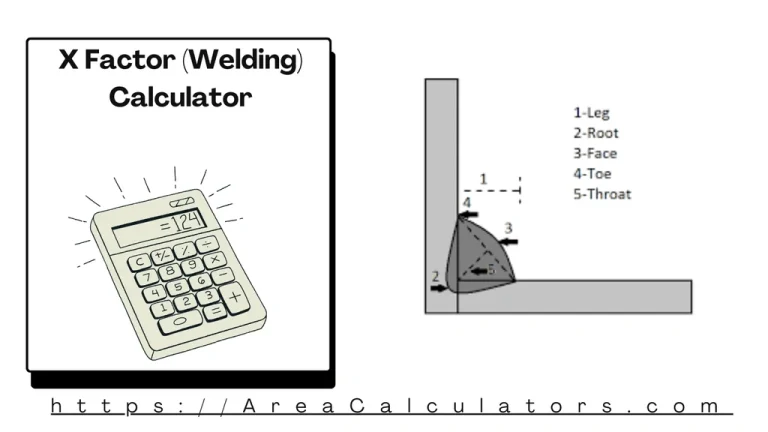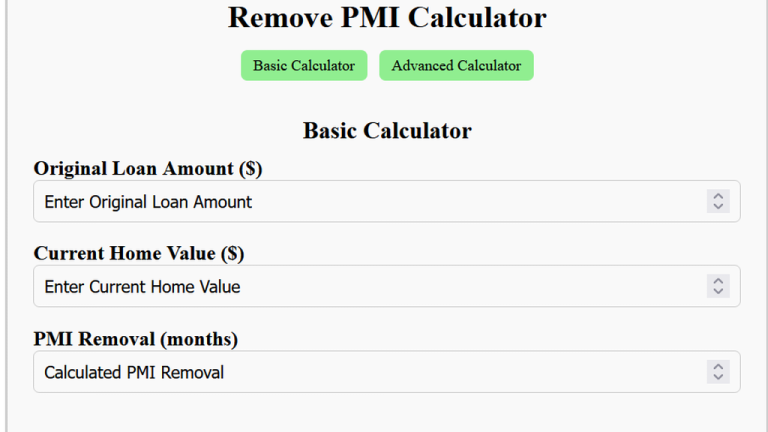Stamps Per Weight Calculator – Retail Postage Price Calculator
To calculate the number of stamps required for mailing, divide the total weight of the package or letter by the stamp value’s weight capacity and round up to the nearest whole number.
To calculate the number of stamps required for mailing, divide the total weight of the package or letter by the stamp value’s weight capacity and round up to the nearest whole number.
The Stamps Per Weight Calculator can conveniently calculate the exact number of stamps that are needed for mailing items based on their weight. This tool is essential for avoiding overpaying or underestimating postage, whether you’re sending letters, parcels, or international shipments.
It is particularly helpful for individuals, businesses, and postal workers who regularly calculate postage for mail. The calculator simplifies the process and ensures accurate stamp allocation for efficient mailing.
SN = ceil(W / SV)
| Variable | Description |
|---|---|
| SN | Stamps needed |
| W | Total weight of the letter or package |
| SV | Stamp value’s weight capacity |
Example 1:
If the total weight (W) is 100 g and the stamp value’s weight capacity (SV) is 20 g:
| Step | Calculation |
|---|---|
| Total Weight (W) | 100 g |
| Stamp Value Capacity (SV) | 20 g |
| Formula Used | SN = ceil(100 / 20) |
| Result | 5 stamps |
Example 2:
If W = 350 g and SV = 50 g:
| Step | Calculation |
|---|---|
| Total Weight (W) | 350 g |
| Stamp Value Capacity (SV) | 50 g |
| Formula Used | SN = ceil(350 / 50) |
| Result | 7 stamps |
The Stamps Per Weight Calculator is a convenient tool. You can use it for calculating the exact number of postage stamps which are required based on the weight of your letter or package. It simplifies mailing by calculating the total postage cost and the appropriate number of stamps for local or international deliveries. This calculator is especially useful for ensuring accurate postage and avoiding overpaying or underpaying for mail.
It answers queries like how many stamps are needed per weight, how much weight is allowed per stamp, and how to calculate stamps for different weights. Whether you’re mailing a standard letter or a heavier parcel, this tool calculates precise postage requirements based on the weight and destination.
Furthermore, it supports specific requirements like calculating stamps for international postage or using postal rates for services like USPS or Pakistan Post. With easy-to-understand results, it saves time and ensures compliance with postal regulations.
In summary, the Stamps Per Weight Calculator is a practical solution for determining postage requirements. It provides accurate calculations, streamlining the mailing process for personal and professional use.

To determine the X Factor in welding, multiply the specific values for phosphorus (PP), antimony (SbSb), and tin (SnSn) by their respective weights. Add the arsenic (AsAs) value, and divide the result by 100. The X Factor (Welding) Calculator is a specialized tool that is designed to calculate the X factor for welding processes. It…
To convert revolutions per minute (RPM) to radians per second (rad/s\text{rad/s}), multiply the RPM value by 2π2\pi and divide by 60. The RPM to Rads Calculator is a tool used to convert the rotational speed of an object from revolutions per minute (RPM) to radians per second ( rad/s).\text{rad/s} This conversion is crucial in physics and…

Determine the point at which private mortgage insurance (PMI) can be removed by calculating if your loan balance is 80% or less of your home’s current value. The Remove PMI Calculator is a practical tool for the homeowners who are looking to eliminate private mortgage insurance (PMI) payments. PMI is typically required when a buyer’s…
To determine the weight of a rectangular hollow tube, calculate the difference between the external and internal volumes, then multiply by length and material density. The Rectangular Hollow Tube Weight Calculator is an essential tool for engineers, builders, and DIY enthusiasts. It simplifies the process of determining the weight of hollow rectangular tubes, which are…